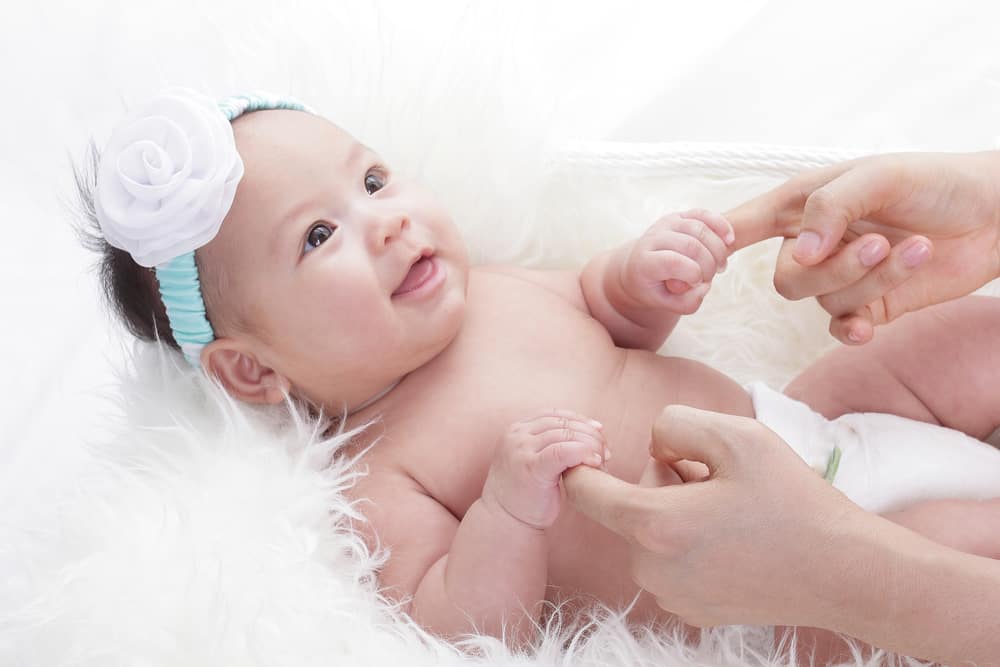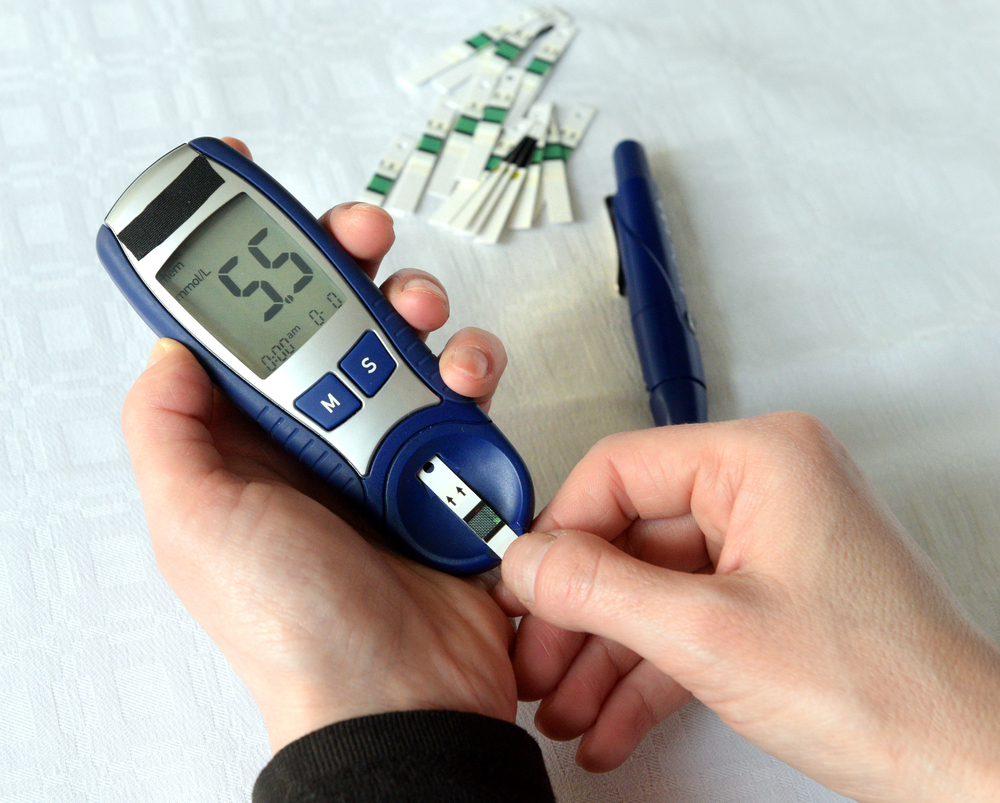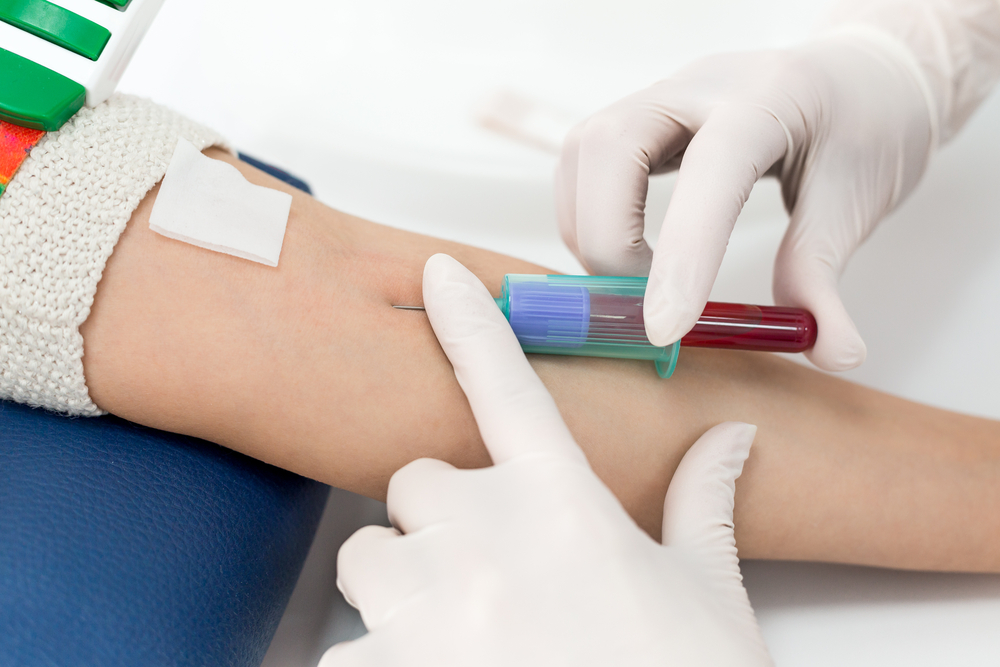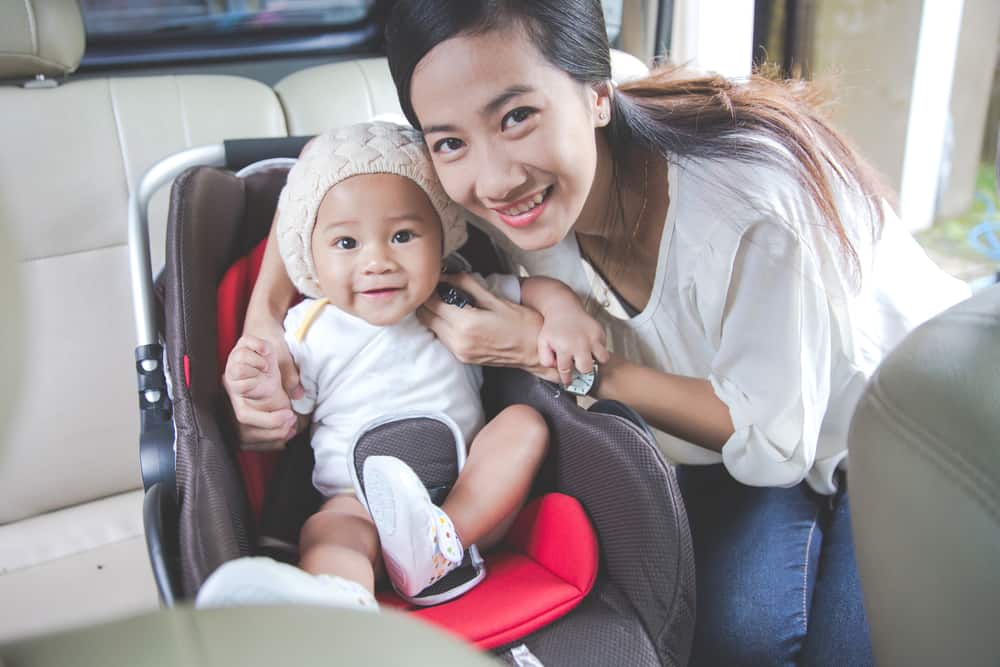Contents:
- Medical Video: Eye test for Retinopathy of Prematurity
- 1. Sensory development
- 2. Motor development
- 3. Social development
- 4. Language development
Medical Video: Eye test for Retinopathy of Prematurity
Children's visual development has a very important role in the overall development of children (holistic). Therefore, visual impairments can affect various important aspects of a child's development. Ranging from motor development to children's social development. What disorders can occur? Come on, see the following info.
1. Sensory development
For newborns with poor vision, the sense of hearing is the only senses that can be relied upon. If only sound without vision, the baby cannot know where the sound came from. Only after the baby understands the interaction between tactile stimulation (sense of touch), motor, and hearing, the sound has meaning for babies with poor vision, such as the location and source of sound.
Sound is not as effective as vision to trigger baby's development. Before the age of 12 months, babies with poor eyesight will learn to reach objects based on sound. Exploration of the environment will usually only begin at this point.
In a normal baby, what triggers the baby to explore is vision. Starting from the shape, color, location, and patterns. Babies with poor vision do not get it so that sensory stimulation of touch becomes very minimal.
2. Motor development
Babies with poor vision will experience developmental delays in the function of their hands and feet. At the age of 5 months, babies should learn to reach and move objects from one hand to another. Delay in this case causes delays in fine and rough motor development.
Without vision, hands and eyes do not work together. Babies will learn to use their hands and hearing, but it does take longer.
Babies with poor vision can adjust their posture at the same age as a normal baby, starting from sitting, rolling, stepping movements when held by their hands, to stand alone. However, some stages that require initiative from babies usually experience delays, such as changing positions from sleep to sitting or walking alone.
Until he is more than 12 months old when he can understand sound better, usually babies with poor vision do not try to move. This is because babies cannot understand the surrounding environment.
3. Social development
In normal infants, smiles and exchanges of facial expressions between babies and parents are the beginning of introduction and communication. A baby with a visual impairment begins to smile at the age of 2 months when he hears the voice of his mother and father.
In the following years, children appear to have flat emotions and are not interested in communicating with their peers. This can make it difficult for babies to adjust to their social environment. In addition, social interaction will become more complicated because he cannot understand the facial expressions of others.
However, do not worry because later the child will learn to recognize the emotions of others through tone of speech or other people's speaking speed more sensitively than the child in general.
4. Language development
Children with visual impairments will have difficulty understanding language. Especially because most of what is learned by children is to see and imitate other people who will play a role in children in learning to communicate.
Children with visual impairments experience delays in their ability to imitate, so they need special ways for them to learn to communicate.
He may be able to imitate the words spoken by other people, but cannot understand well what is meant by the person who said it. He can memorize words and say them without any context.
The delay in development is certainly a serious problem for children and parents, therefore recognize how normal vision develops in infants and toddlers so that you become more alert. Faster handling will provide better results.












